Sidebar
Main Menu
How to Get Around the Best French City of Lyon
If you are in the hunt for an alternative to Paris on your next trip to France, check out Lyon. It is not a top of mind city in France, but it could be your best French City!
Lyon is a gem of a place in a location that is convenient and accessible. What delights you in Paris will enchant you in Lyon. A gourmand town that racks up Michelin star restaurants and a historic city through the ages that boast UNESCO World Heritage status.We visited Lyon three years ago on a fluke. We had been traveling to Geneva on vacation, and I wanted to visit France before leaving the continent. The city closest to Geneva was Lyon, only a 90-minute ride on the TGV (Train à Grande Vitesse). We visited Lyon for a short three days, and in the end, we promised ourselves that we would come back for an extended visit one day in the future.
That day came sooner than expected. We lived in Lyon this past year, and I did not want to leave. People who visit Lyon agree that Lyon is like discovering a hidden gem. It has the feel of Paris without the crowds, the traffic, and the hassle.
Getting Your Bearings
Lyon is smack in the center of the country (east-central, actually). It is 90 minutes southeast of Paris on the TGV. From the Charles de Gaulle Airport (CDG), you can take a TGV going to Marseille (and points to the South of France), and Lyon will be the first stop.
Planes and Trains
Lyon has two major train stations: Gare de Lyon Part-Dieu and Gare de Lyon de Perrache. Lyon has six stations altogether, but the two have the most schedules for larger cities. Part-Dieu is the central station since the 1980s, and it is a significant railway hub. From here, you can access the SNCF French trains and other European trains. The French TGV trains go mostly through Part-Dieu. Part-Dieu is also the central transportation hub for the tram, bus, and metro system.
Perrache was the original central station built-in 1857. Perrache serves mostly local and regional trains (TER) but easily connects to Part-Dieu. Located on the Presqu'ile or the Peninsula, Perrache is convenient for people who live on the east bank or north of the Presqu'ile. Both stations are undergoing major redevelopment.
Because of Lyon's central location in France, it is very convenient to take day trips or short trips. In 90 minutes, you can get to Paris, Dijon, Strasbourg, and Avignon, to name a few. It is three hours to Marseille and Turin in Italy. Geneva is 90 minutes away, and Zurich and Basel are less than 3 hours away. From Lyon, one can reach the French Alps or the foothills in Grenoble or Annecy. Lyon is a great place to use as a base if traveling around France and Europe.
Lyon also has an airport, Lyon-Saint-Exupery (LYS), named after Antoine Saint-Exupery of "Little Prince" fame. He was born in Lyon. Most flights will have a connection in Paris before your final destination. Charles de Gaulle Airport (CDG) has a terrible reputation for being on time, and worse still, your luggage making your connection. Don't check your luggage if you don't have to. If you must, have a change of clothes, meds, cosmetics and everything you might need for an overnight stay or two. We learned our lesson the hard way.
The airport is on the far west side of Lyon, but there is a dedicated tram connection, called the Rhone Express, from the Part-Dieu train station. The Rhone Express leaves every half hour, and the trip to the airport takes 45 minutes with two quick stops. The tram costs about 20 euros each way. A taxi would cost between 80 to 100 euros, depending on the time of day. Uber is available and is slightly cheaper.
Two Hills, Two Rivers and A Peninsula
Lyon is not a small city. It is the third-largest city after Paris and Marseille. To get your bearings, know that there will be two rivers, two hills and a peninsula.
The two large rivers are the Saone, and the Rhone that run parallel through Lyon and merges north of the city. In between the two is a narrow peninsula called the Presqu'ile, which, in French, means "almost an island."
On the east bank of the Saone River are two hills -- the Fourviere and the Croix-Rouse.
You will know the Fourviere by the many church steeples and a Basilica on the very top next to a metallic tower that resembles the Eiffel Tower. Locally, the hill is called "the hill that prays," although the word Fourviere means "old forum" in Latin. There is an old, and well preserved Roman theater on the hill, which was the site o the original Lyon.
The church on top the hill is the Basilica of the Notre Dame Fourviere. A Basilica is no ordinary church. It's up the food chain, so to speak, of churches in the world of Catholics. The church is a beautiful, of Byzantium style. Next to the Basilica is the esplanade. It is a "must-see." There you can see a beautiful view of Lyon and environs. On a clear day, you can see the Mont Blanc in the French Alps.
The primary attraction is Vieux Lyon, located on the east bank of the Saone. The Vieux is the largest Renaissance town in France and the second largest in Europe next to Venice. The Vieux is a must-see.
On both hills, you can take numerous staircases all around the neighborhood. In the Fourviere, you can take 2 funiculars to the top.
In the Croix-Rousse are metro and buses. There is also a trolley for tourists. You can get your fill of aerobic exercise walking up and the down the hills. Luckily, there will be coffee shops along the way if you want to take a break!
The Croix-Rousse hill is on the southbound curve of the hill. Locally, the hill is called the hill of the Canuts, referring to silk weavers. For centuries, Lyon competed with Venice in silk weaving and production. In the 19th century, Lyon had 40,000 silk weavers, working in silk ateliers in Croix-Rousse.
Peninsula
The Presqu'ile or the Peninsula is the city-center and it looks and feels very French, so much like Paris. Several bridges and pedestrian walkways across the two rivers connect the peninsula. The views from the bridges are very scenic, and walking along the footpaths and the banks of the rivers is a great way to see the city.
When on the peninsula, you will gravitate towards Place Bellecour, which is the main square and the largest square in Lyon. All events, festivals, gatherings, or protests occur here. You can find the main tourist office, OnlyLyon, here as well. In the middle of the square is the statue of Louis IV. Prominent on the square is the bell tower for the Hotel Dieu, which was Lyon's hospital in the 17th century.
The main road on the peninsula is Rue de la Republique. It is the central shopping district. A very animated area, there will be street entertainers, shops, and cafes. The city is very good at providing seasonal activities, festivals, or events. There will be an ice skating rink and a Ferris wheel during the year.
A short walk from the square is the Les Terraux district. Here are the central government centers housed in beautiful 18th and 19th-century buildings. Also are monuments, museums, and fountains.
The area between Place Bellecour and Les Terraux is all pedestrian-only. It makes for a leisure walk around the shops and the cafes.
On the west bank of the Rhone is a "new town." The area is more modern with high-rise buildings. You will also find the central train station, Gare de Lyon Part-Dieu, connected to a large indoor mall. The area is undergoing redeveloped, so there is construction everywhere. Also, on the west bank are Lyon's three universities.
The photo below is that of the Hotel Dieu, located on the peninsula, fronting the east bank of the Rhone. The Hotel Dieu is the former 17th-century hospital of Lyon, which has now been renovated to include a hotel, retail shops and restaurants.
Confluence
The Confluence is another neighborhood of note. The Saone and Rhone merge north of the city at the Confluence. What used to be a highly industrialized area has been redeveloped into very modern, artistic, and environmentally friendly mixed-use projects. There will be many modern apartments (with air-conditioning) and a beautiful indoor/outdoor mall. There is also a Museum of Natural History. In the museum, you can view how and where the two rivers merge.
The Confluence harbor is popular for just sitting around and taking in the view or enjoying the festivals that occur there. You can take a (long) walk to the Confluence from Place Bellecour or take a tram or the boat taxi.
Geography and the Italian Connection
As you travel around France, you will note many Roman influences, especially in eastern and southern France. Romans started expeditions into Gaul (early France) around 200 BC. They annexed the South of France in 125 BC. Julius Caesar completed the conquest of Gaul in 50 BC. The most significant cities in Gaul for the Romans were Arles (in the South of France) and Lyon.
Lyon, itself, was established in 43 BC as a military colony. In those days, land or "settlements" were awarded military veterans in exchange for loyalty to the republic. Called "Lugdunum" then, Lyon quickly became the capital of Gaul for the Roman Republic.
Why?
Location, Location, Location
Lyon was relatively close to Italy. Romans could travel to Lyon without having to go over the alps. Its ideal location west of the Rhine allowed Rome to pursue the conquest of Germany. Thus, Lyon became a busy trading town for the purchase of military supplies. The two hills around Lyon also provided security from attacks.
The Romans improved the system of roads and river transport and ports on the Rhone and Saone. It became the primary trading partner with Italy for centuries, even after the fall of the Roman Empire.
Lyon became very prosperous with its peak during the Renaissance. In those days, there was only one bridge over the Saone and another over the Rhone. People coming from or going to Italy had to pass through Lyon. In those days, Italy was the "global" trading country.
Lyon traded with Florence for textile, and with Venice, Pisa and Genoa for luxury goods coming from Asia. Silk arrived from China and spices from Indonesia and India. Merchants sold to the nobility and aristocracy of Europe.
In the 15th century, King Charles VIII allowed Lyon the right to hold trade fairs four times per year. Caravans of goods from the north and east traveled to these fairs, which lasted for several weeks. Bankers from Florence and wealthy merchants settled in Lyon. They built luxury mansions and stores.
By the end of the 16th century, King Francois allowed Lyon the right to produce silk to compete with Venice. Silk production became a massive industry and a significant employer all through the 19th century.
With the introduction of Christianity in 177 AD, the earliest Christian community (and the earliest persecutions) was in Lyon. In 1032, it was incorporated into the Holy Roman Empire and finally incorporated into the Kingdom of France in 1312.
You've found your way around Lyon with a bit of a history lesson. Find out what Lyon is known for, the legacy left by the Romans, and the history behind those two hills. You may have heard Lyon is the culinary capital of France. Find out 3 Reasons Why Lyon is so Unforgettable
When you subscribe to the blog, we will send you an e-mail when there are new updates on the site so you wouldn't miss them.

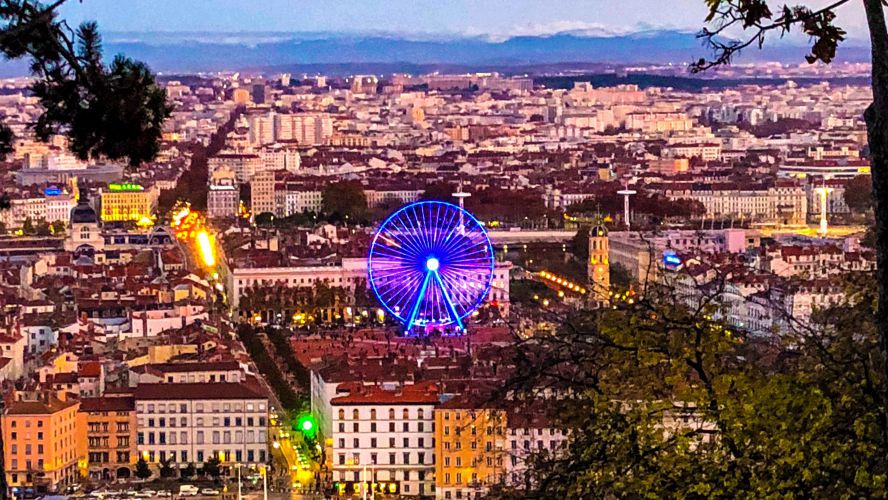
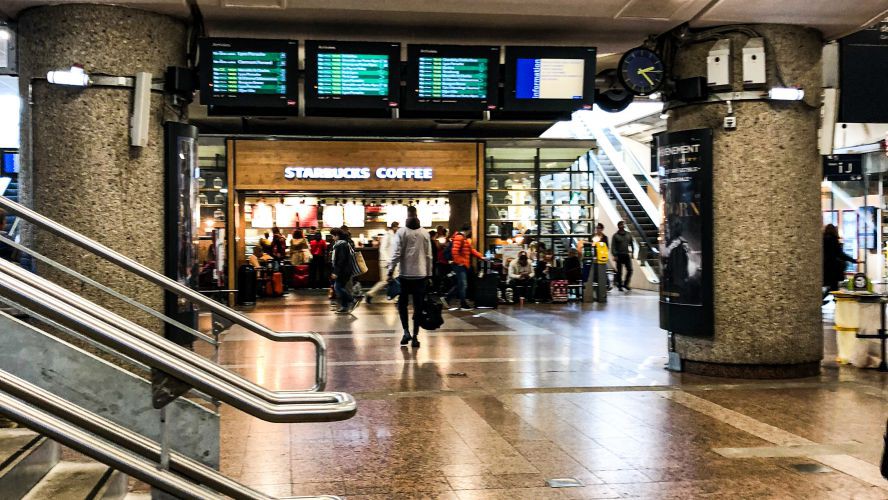
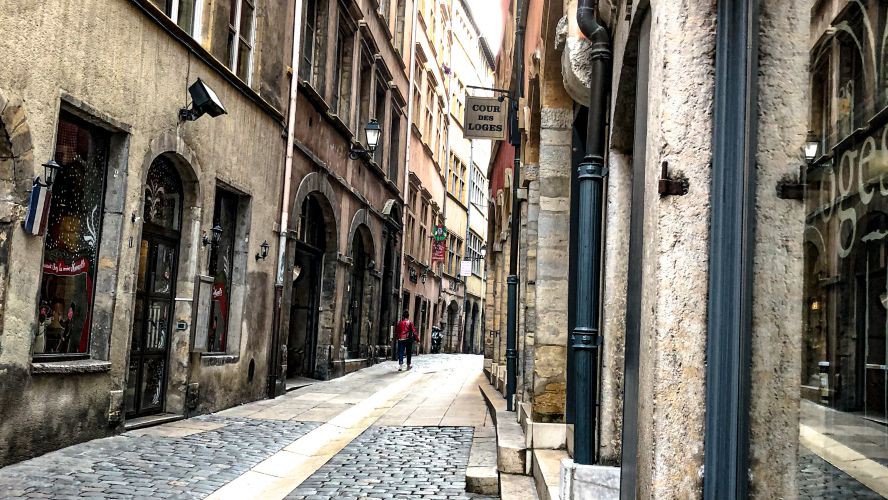
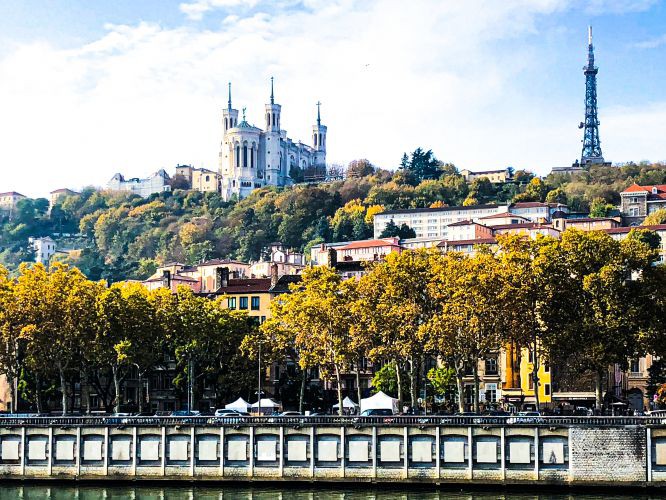
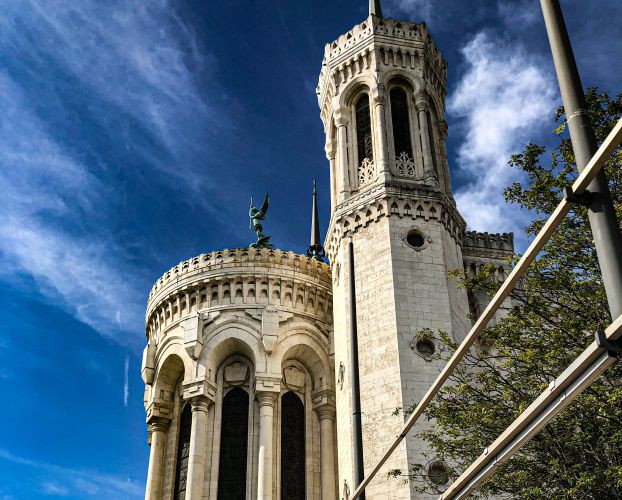
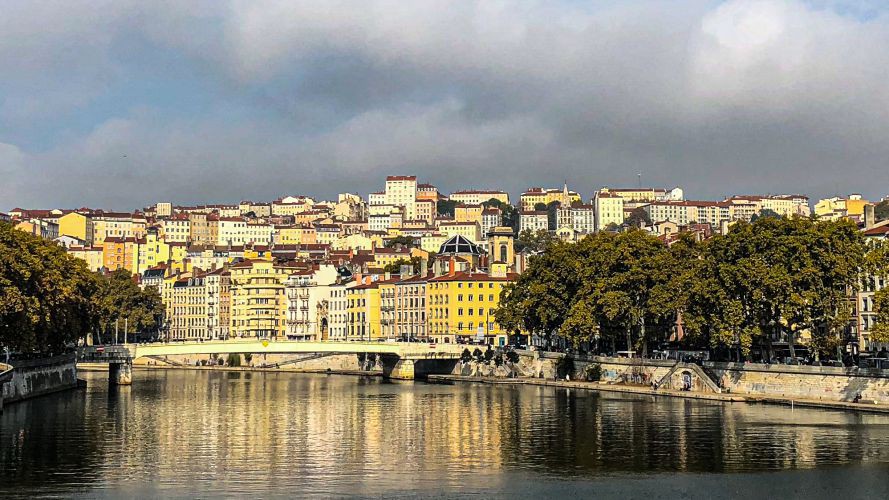
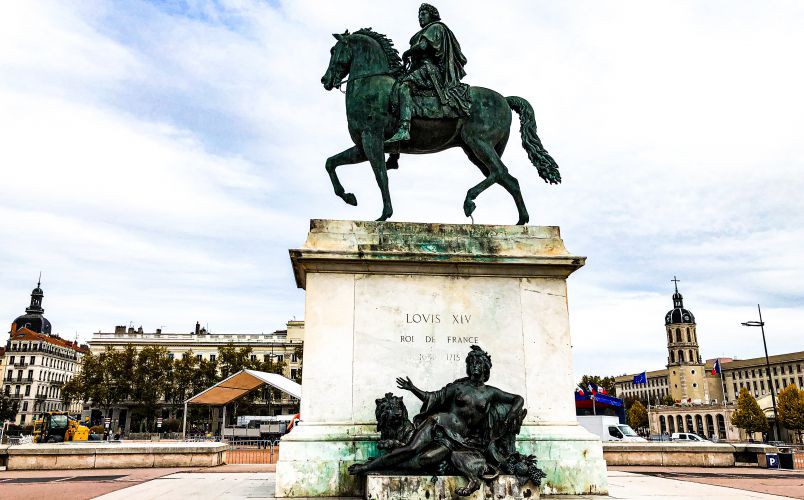
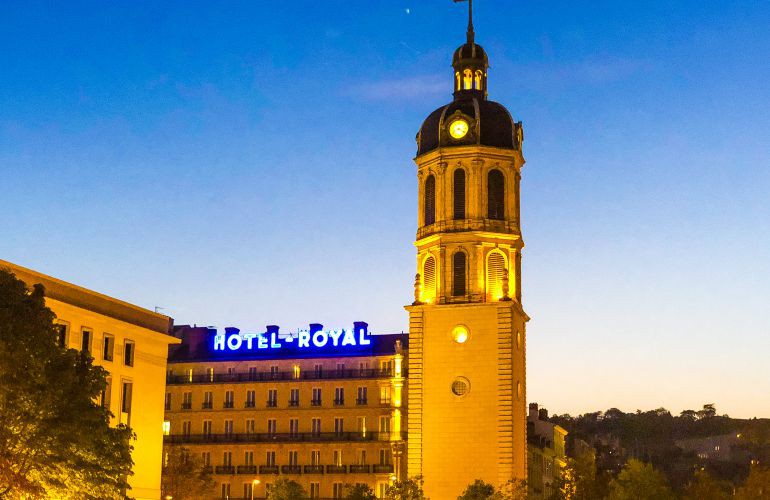
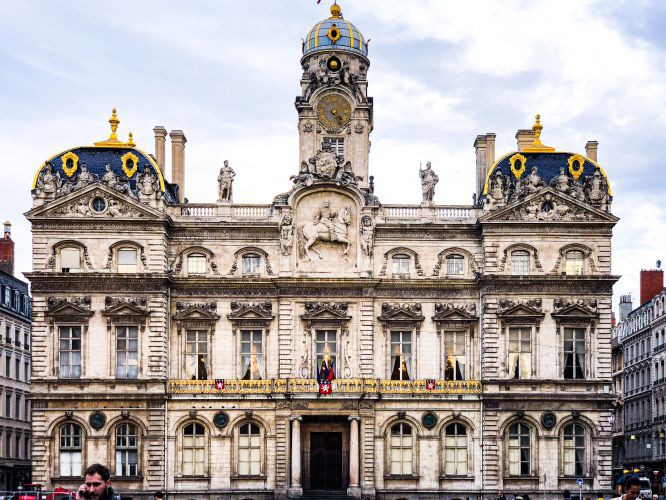
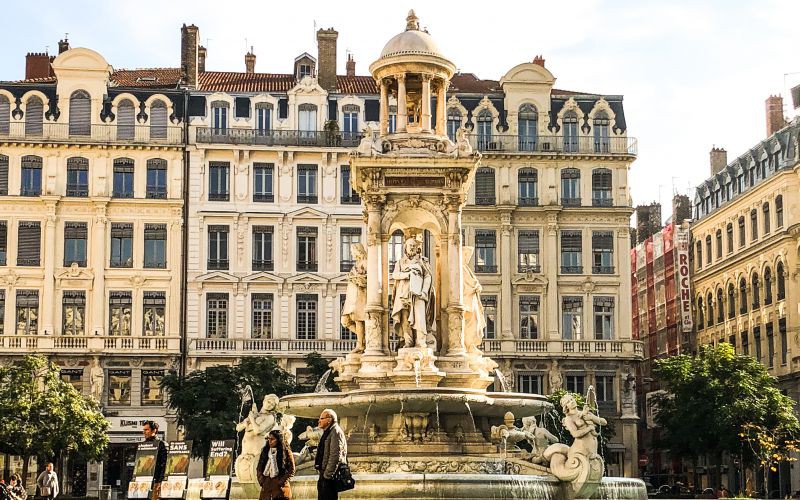
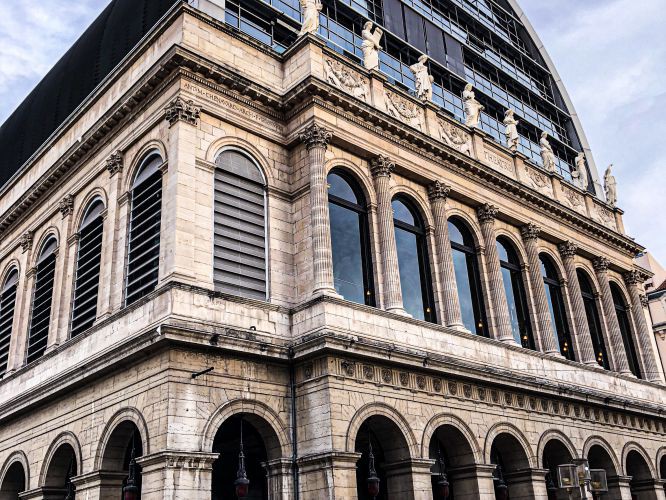
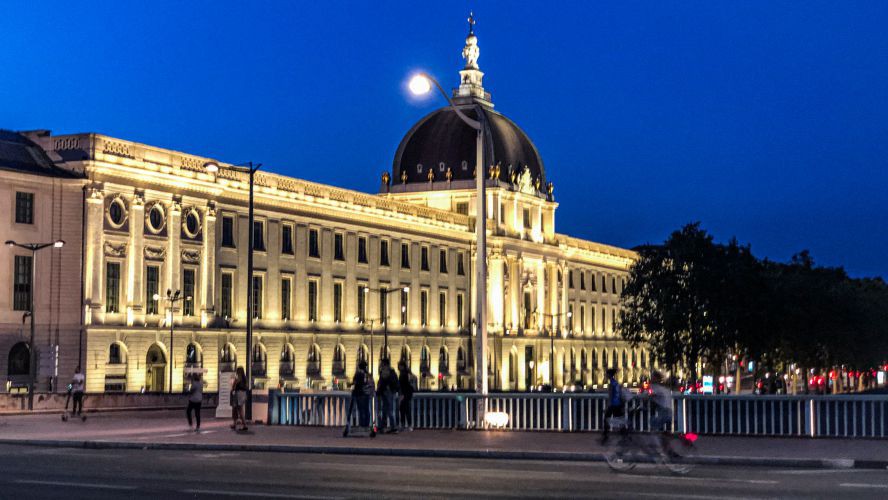
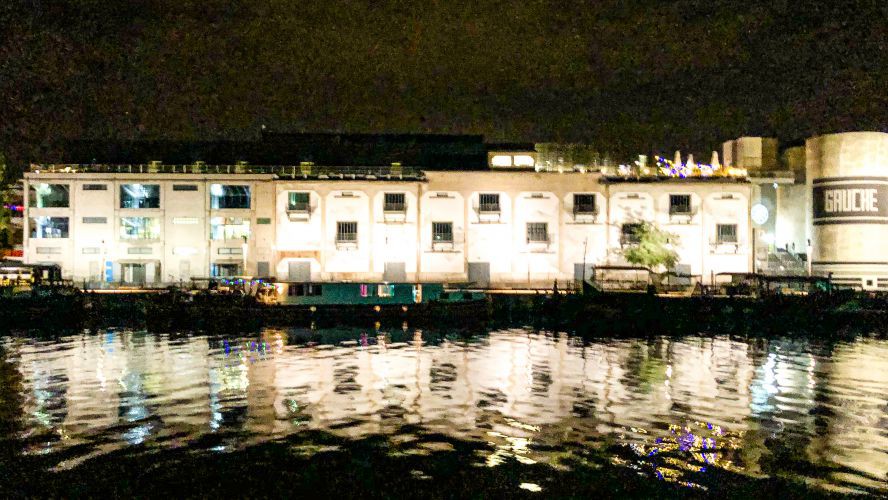
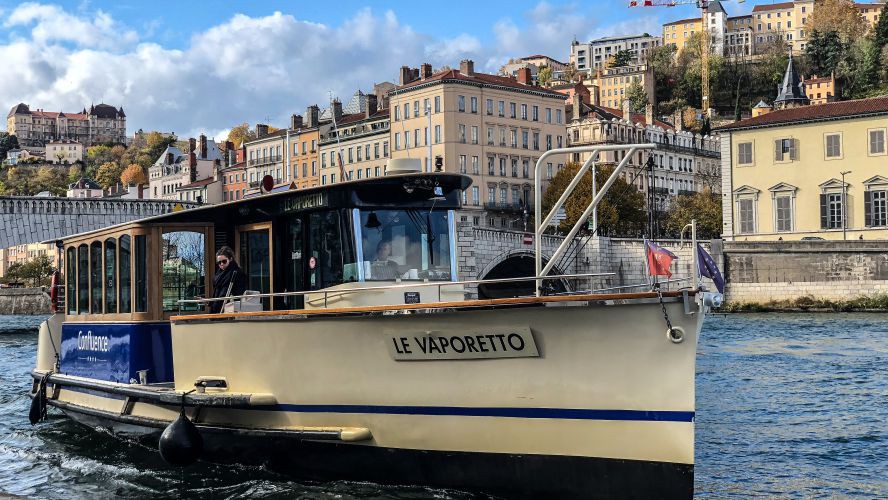
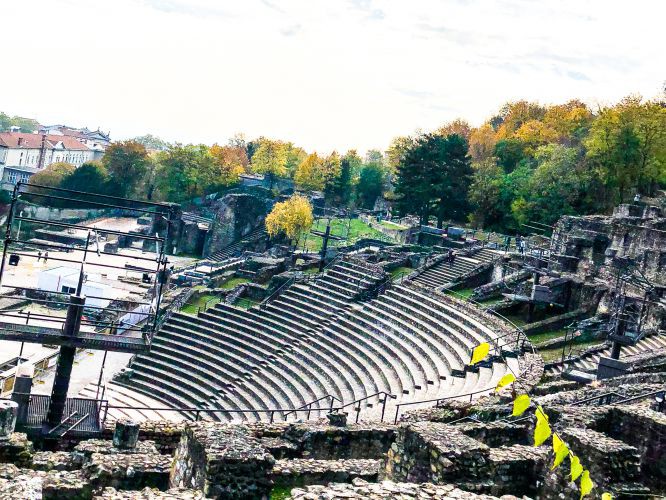
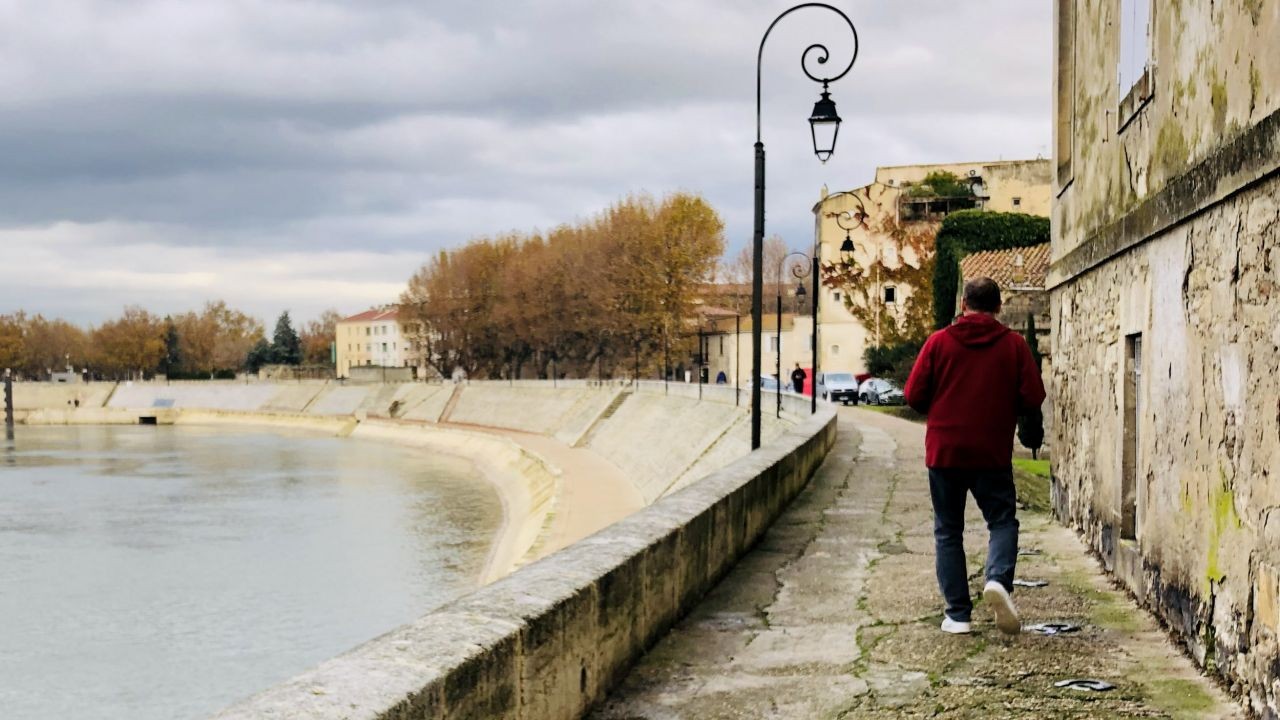
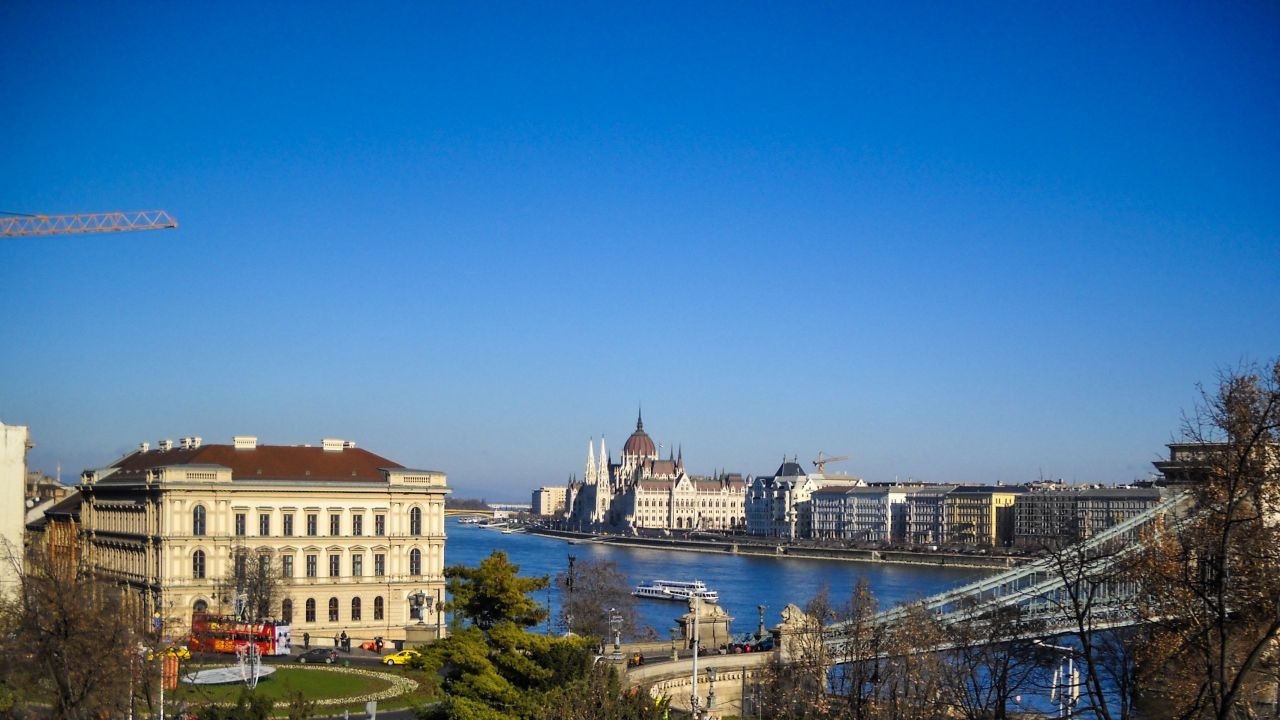

Comments